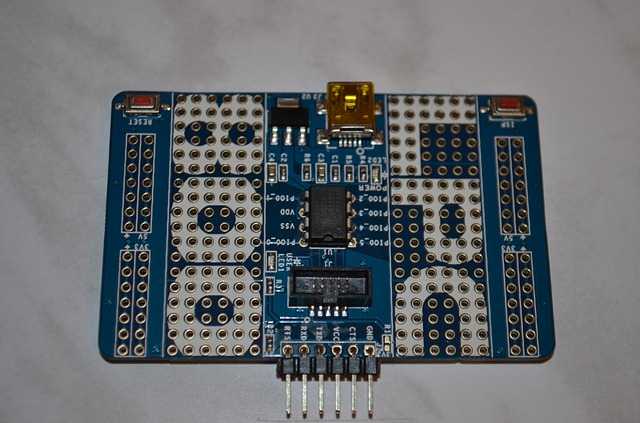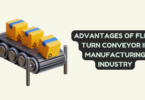
Firmware Development
We are surrounded by numerous electronic devices, from the basic to advanced ones, which perform the set tasks. From washing machines to printers to PCs, all hardware we use needs to be operated somehow, and the commands that we want our gadgets to perform are translated into computer language with the help of software.
Here we discuss two different kinds of software used to operate hardware – software and firmware – to clarify all user doubts.
What Is Firmware?
The concept of firmware is typically used to define low-level embedded software that performs specific, focused operations. Thus, firmware is usually installed in single-purpose devices like washing machines, hairdryers, etc. Computers also have firmware, which is meant to perform predefined functions (e.g., the keyboard is used to type characters and numbers onto the screen, the mouse is used for screen navigation, etc.).
Firmware vs. Software
There is a fuzzy line between firmware and software. All firmware is software by nature, but not all software is firmware. Thus, the term ‘software’ is more inclusive. The primary difference is in the location of their storage. Firmware is stable and unchangeable, thus stored in ROM (read-only memory). Firmware can be erased and programmed anew; still, if these actions are not performed, the firmware works stably and performs the predefined set of actions, with the user unable to change its settings.
On the other hand, software is stored in the device’s RAM, implementing higher-level features and functions of the device. Thus, it’s more sophisticated than firmware, able to launch complex operations and procedures.
Embedded Software
A relatively new invention in the firmware/software sector is the inclusion of embedded software systems in specific devices like embedded computers. Let’s illustrate the scale of innovation on an example of a washing machine. Previously, washing machines were equipped with firmware only, meaning that once the user selects a washing program, the machine’s task is to heat the water to the designated temperature, measure the sufficient water level, and count the time required for each stage of washing.
With embedded software, the device’s operations become much more sophisticated. If one compares it to PCs, embedded software equips single-purpose devices with app software-like capacity, allowing them to perform more advanced operations. Thus, for instance, a washing machine with embedded software can be operated from a smartphone, can determine the type of clothes inserted into it and choose the washing regime on its own, etc. The embedded firmware is still present, performing the typical mechanical tasks via a microcontroller.
How to Program and Develop Firmware?
The most popular programming language for embedded system design is C (C++ is also used, but in fewer cases). The reason for C/C++ use is their low-level nature, making them close to the hardware level of tech design. C is a highly standardized language providing engineers with substantial control over the hardware the embedded system is meant to operate.
Do You Need Help?
If you need top-quality firmware development services, it’s time to contact ADUK managers. The company specializes in custom hardware and software development, meeting all your business needs. So, visit https://aduk.de/services/embedded-software-firmware-development/ to get the quote for your project. From microcomputers to IoT to machine vision, any tech solution can be equipped with individually customized embedded firmware products.






